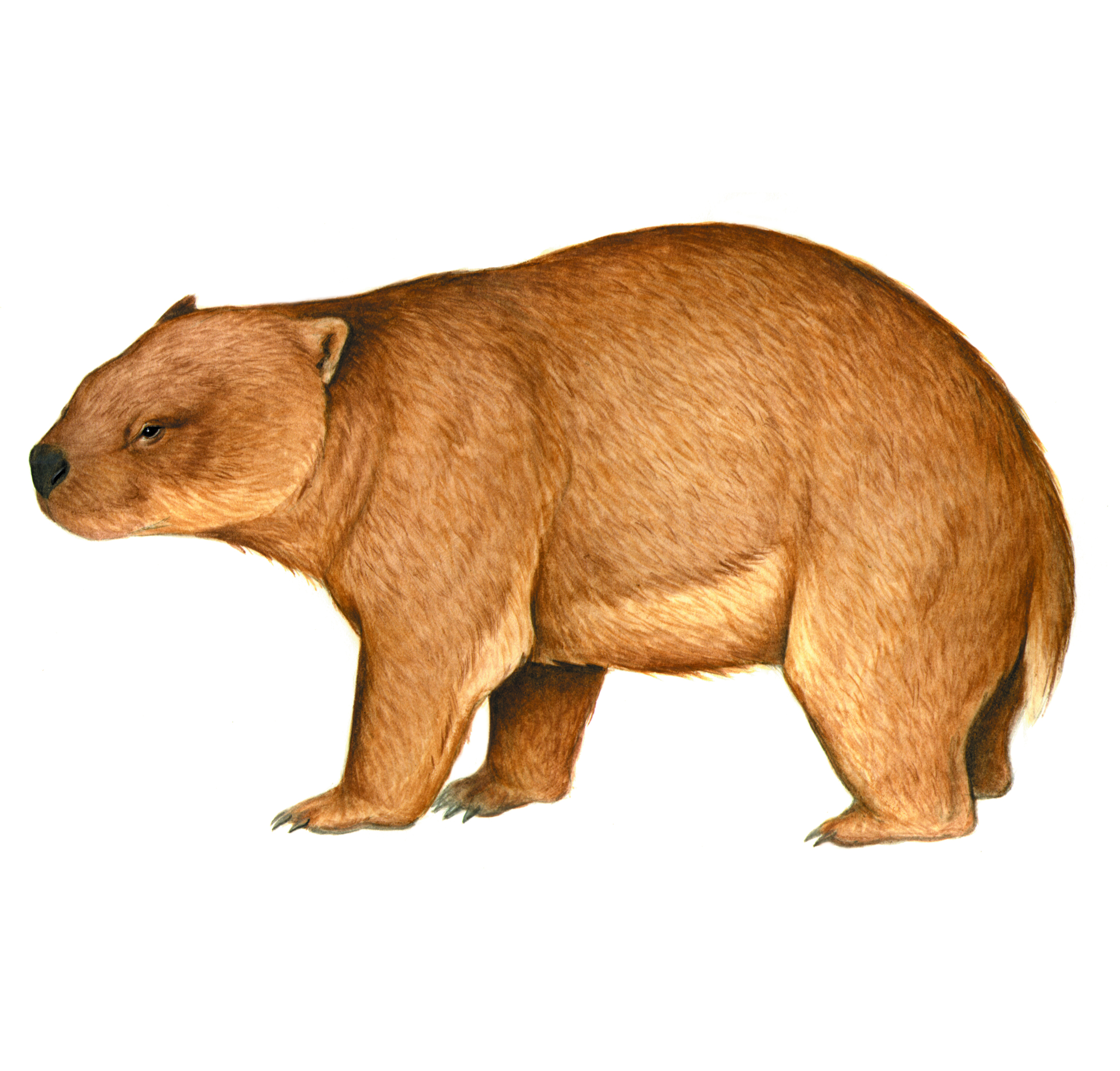News release
From:
Today the South Australian Museum welcomes a Phascolonus gigas (Giant Wombat) skeleton to its Megafauna display on level 3. Phascolonus gigas is a prehistoric Australian marsupial from the wombat family, that would have weighed as much as 250kg.
Dr Liz Reed, Palaeontology Research Scientist at the South Australian Museum explains that Phascolonus gigas became extinct during the Late Pleistocene.
“Before their extinction, Phascolonus was widespread across Australia and lived alongside even larger marsupials known as Diprotodon optatum. You can see both examples of these incredible Megafauna in our gallery,”
“This specimen is a composite plaster cast; the original bones were excavated during August 1970 on a joint South Australian Museum and the Smithsonian Museum of Natural History (USA) fieldtrip. The original two partial skeletons are still in the USA,” Dr Reed added.
The plaster cast was meticulously restored by South Australian Museum 3D Designer Jo Bain. The process requires patience as the casts are fragile, and the skeleton has been painted to replicate the Phascolonus’ bones.
“The skull is over 40cm in length, indicating that the animal would have stood at about 1 metre high. The chisel-like incisors suggest that it dug up tubers and roots, but it is uncertain if Phascolonus burrowed like living wombats,” Dr Reed explained.
The Phascolonus gigas skeleton is on display now in the South Australian Museum’s Megafauna gallery on level 3. The articulation and display of this specimen is thanks to the support of MM Electrical Merchandising.
The South Australian Museum is open daily from 10am – 5pm. For more information visit: www.samuseum.sa.gov.au.
Multimedia




 Australia; SA
Australia; SA


